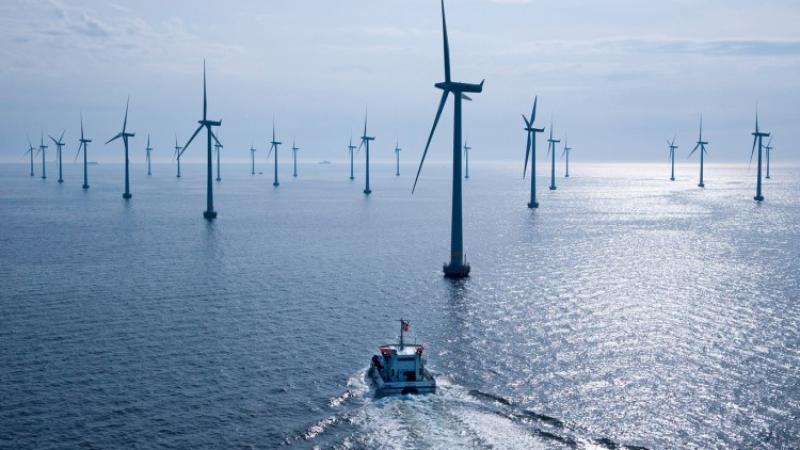Offshore wind energy refers to the use of wind farms constructed in bodies of water, usually in the ocean, to harness the kinetic energy of the wind and convert it into electricity. Large wind turbines are built on fixed or floating structures anchored to the seabed in shallow coastal waters or further offshore in deeper waters. These turbines work similarly to onshore wind turbines by using the wind to turn the blades of the turbine which spin a shaft connected to an electrical generator to produce electricity.
Advantages of Offshore Wind Over Land-Based Wind
Offshore wind energy has some key advantages over traditional land-based wind farms. Winds are typically stronger and more consistent offshore, allowing for greater electricity production. The wind resource offshore is often strongest during periods of low wind on land, providing a complementary source of renewable energy. Offshore turbines can also be larger in size since they are not constrained by transportation limitations of onshore structures. This increases the power output of each turbine and reduces costs by requiring fewer turbines to generate the same amount of electricity. Additionally, locating wind farms offshore helps address public concerns over the visual impact of turbines while utilizing available ocean space rather than valuable land area.
Challenges and Future Outlook of Offshore Wind
While Offshore Wind represents a tremendous renewable resource, there are still some technological and economic challenges to overcome for broader adoption to occur. Key among these are high upfront capital costs for offshore infrastructure, which can be two to three times greater than onshore projects. complex installation processes, especially in deeper waters which require floating turbine designs still under development. Grid integration challenges exist due to the remote offshore locations requiring large transmission lines. Environmental concerns also exist around impacts to ocean life from turbine construction and electromagnetic fields. Looking ahead, massive private sector investment in research is driving innovations to address these issues such as larger more powerful turbines, floating foundations, and smarter grid integration techniques. As costs continue to decline due to scaling and experience, offshore wind is positioned to expand significantly in the coming decades to provide clean energy for coastal regions worldwide.
The Future of Offshore Wind Energy in the United States
The United States possesses vast offshore wind energy potential along its coastlines yet has been slow to develop it compared to Europe. However, driven by corporate renewable targets and falling technology costs, the US offshore wind industry is at an inflection point. Massachusetts led the way in 2016 with the first commercial offshore wind farm in the Americas. Future projects are now planned up and down the East Coast from Massachusetts to Virginia totaling over 25 GW by 2030. Government policies like the bipartisan Infrastructure Investment and Jobs Act provide greater certainty and billions in funding to support this growth. With over 2,000 GW of developable offshore wind resources, the US has an opportunity to become a global leader. As costs continue to fall, offshore wind will play an increasingly important role in helping states achieve decarbonization goals while boosting local jobs and economic development.
Offshore wind energy represents an abundant renewable resource that is growing globally to provide clean electricity for coastal areas. While a newer technology than onshore wind, innovations are driving down costs as installations rapidly increase worldwide. As technological challenges are addressed, offshore wind has strong potential to scale up significantly in the coming decades to help reduce carbon emissions from the electric power sector. Countries that invest early in this emerging industry stand to gain economic and energy security benefits in the long run.
Get more insights on Offshore Wind
About Author:
Ravina Pandya, Content Writer, has a strong foothold in the market research industry. She specializes in writing well-researched articles from different industries, including food and beverages, information and technology, healthcare, chemical and materials, etc. (https://www.linkedin.com/in/ravina-pandya-1a3984191)
